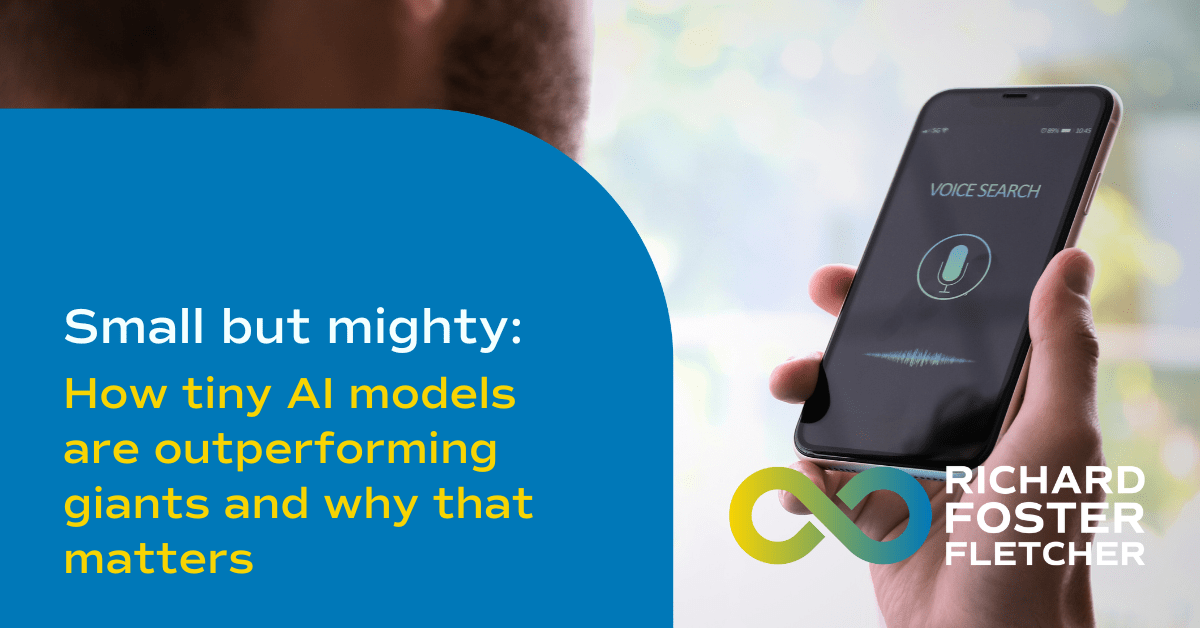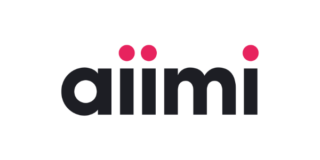
Small but mighty: How tiny AI models are outperforming giants and why that matters

The landscape of artificial intelligence (AI) is undergoing a significant transformation. Traditionally, the focus has been on building larger and more complex models, with the belief that bigger is inherently better. However, recent advancements in AI suggest that smaller, more efficient models are now competing with, and sometimes outperforming, their larger counterparts. This shift has profound implications for the future of work, skills development, and business operations.
David vs. Goliath: Challenging the Notion that Bigger is Always Better
For years, the AI community has been fixated on the size of models, equating more parameters and larger datasets with superior performance. Yet, this trend is being challenged by the emergence of smaller models optimized through techniques such as Low-Rank Adaptation (LoRA) and quantization. These methods allow for the reduction of model parameters while maintaining, or even enhancing, performance in specific tasks.LoRA, for instance, adapts pre-trained language models to new tasks by updating a small number of parameters, significantly reducing the computational resources required for fine-tuning. Similarly, quantization compresses models by reducing the precision of the numbers used to represent data, thus decreasing the model size without a substantial loss in accuracy. These approaches not only challenge the bigger-is-better paradigm but also open the door to more efficient and accessible AI.
Cost-Effective AI: Making Cutting-Edge Technology Accessible
One of the most compelling advantages of smaller AI models is their cost-effectiveness. Running large AI models requires substantial computational power and energy, leading to high operational costs. Smaller models, by contrast, significantly reduce these expenses, making advanced AI capabilities accessible to startups and small businesses that lack the financial muscle of tech giants. For example, Salesforce’s xLAM-1B model, dubbed the ‘Tiny Giant,’ outperforms larger models in function-calling tasks despite having only 1 billion parameters. This achievement demonstrates that smaller models can achieve high performance at a fraction of the cost, democratising AI technology and levelling the playing field for smaller players.
Environmental Impact: A Greener Approach to AI
The environmental benefits of smaller AI models cannot be overstated. Large AI models consume vast amounts of energy, contributing to a significant carbon footprint. By contrast, smaller models require less computational power, leading to lower energy consumption and a reduced environmental impact. Sustainability is of vital importance, the move towards more efficient AI models aligns with global efforts to reduce carbon emissions and promote greener practices. Adopting smaller AI models is not just an economic imperative but an environmental one as well.
Speed and Adaptability: The Advantage of Agility
In the fast-paced tech landscape, agility is crucial. Smaller AI models can be more agile and quicker to deploy, allowing businesses to pivot and adapt rapidly to changing conditions. This adaptability can be more valuable than sheer processing power, particularly in dynamic industries where speed and flexibility are key to staying competitive. For instance, Google’s Gemma2 model, with its compact size, can run efficiently on consumer hardware, enabling rapid iteration and deployment of AI applications. This speed and adaptability make smaller models an attractive option for businesses looking to stay ahead in the AI race.
Real-World Applications: Practical Success Stories
The theoretical advantages of smaller AI models are backed by real-world success stories. For instance, MIT’s SimPLE model has demonstrated the potential of smaller, efficient models in practical applications by outperforming larger counterparts in language understanding tests. Similarly, Salesforce’s xLAM-1B model has shown that smaller models can effectively handle specific tasks while conserving resources.
Implications for the Future of Work
The shift towards smaller, more efficient AI models has significant implications for the future of work and skills development. As AI becomes more accessible, the demand for AI literacy and skills will grow. Smaller businesses and startups can now afford to integrate AI into their operations, creating new opportunities for innovation and job creation. However, this also means that the workforce needs to adapt. Employees must develop new skills to effectively use and manage these AI tools. Training programs and educational initiatives will be crucial in helping workers transition into roles that require AI proficiency. This shift presents an opportunity for businesses to invest in their workforce, fostering a culture of continuous learning and adaptability.
Embracing the Power of Smaller AI Models
The rise of smaller AI models marks a new era in artificial intelligence, one where efficiency and accessibility take centre stage. This evolution holds promise for a more inclusive and environmentally responsible AI future, benefiting businesses, society, and the planet. By embracing these advancements, businesses can stay competitive, drive innovation, and prepare their workforce for the AI-driven future. The transformation towards smaller, more efficient AI models is not just a technological shift; it’s a call to action for businesses to rethink their strategies, invest in their people, and harness the full potential of AI to create a better, more sustainable future.
Sources:
- Sidecar Global Blog Post: “Exploring the Growth, Benefits, and Future of Smaller AI Models”
- URL: Sidecar Global
- The Prompt Factory Substack: “Small AI Models: Tiny but Mighty” by Duncan Anderson
- URL: The Prompt Factory
















